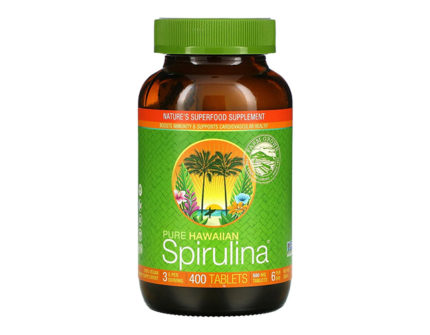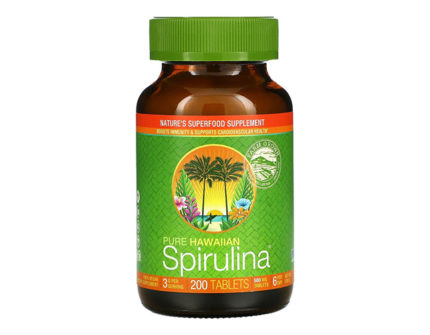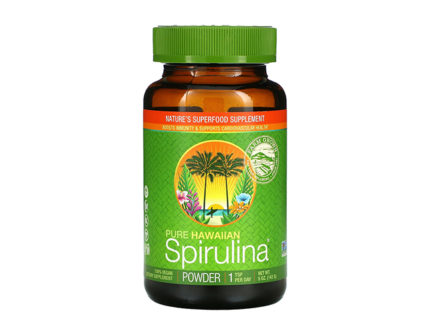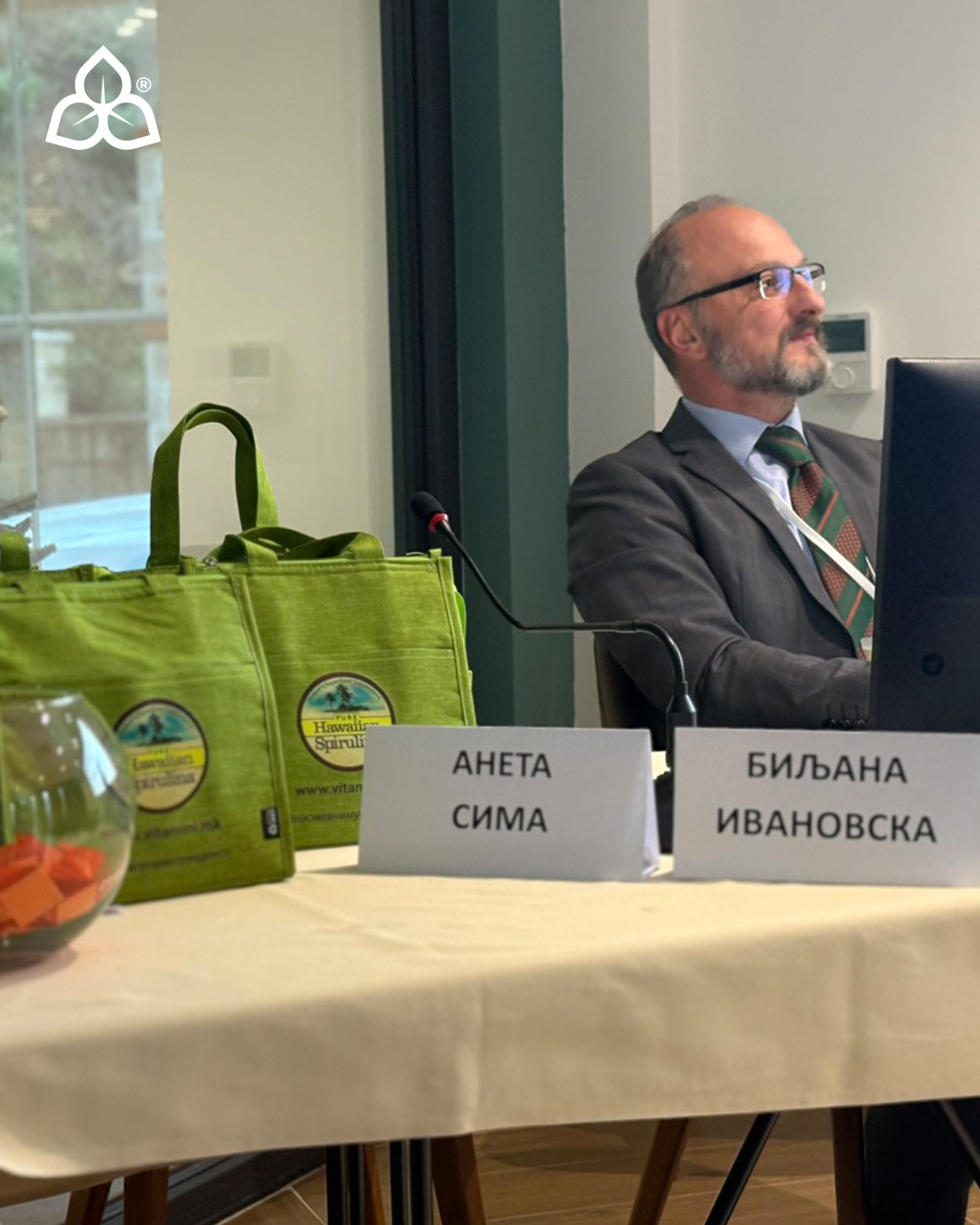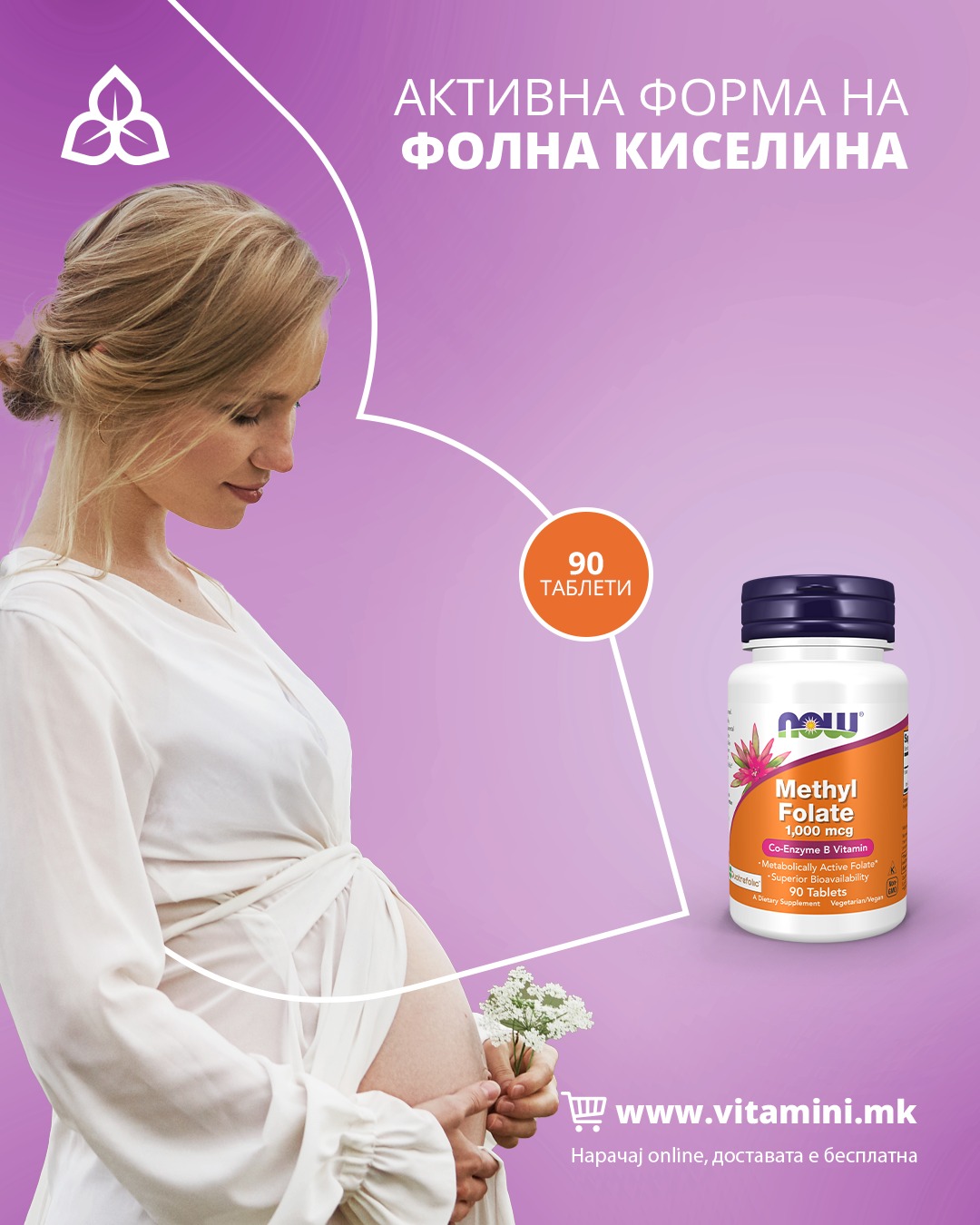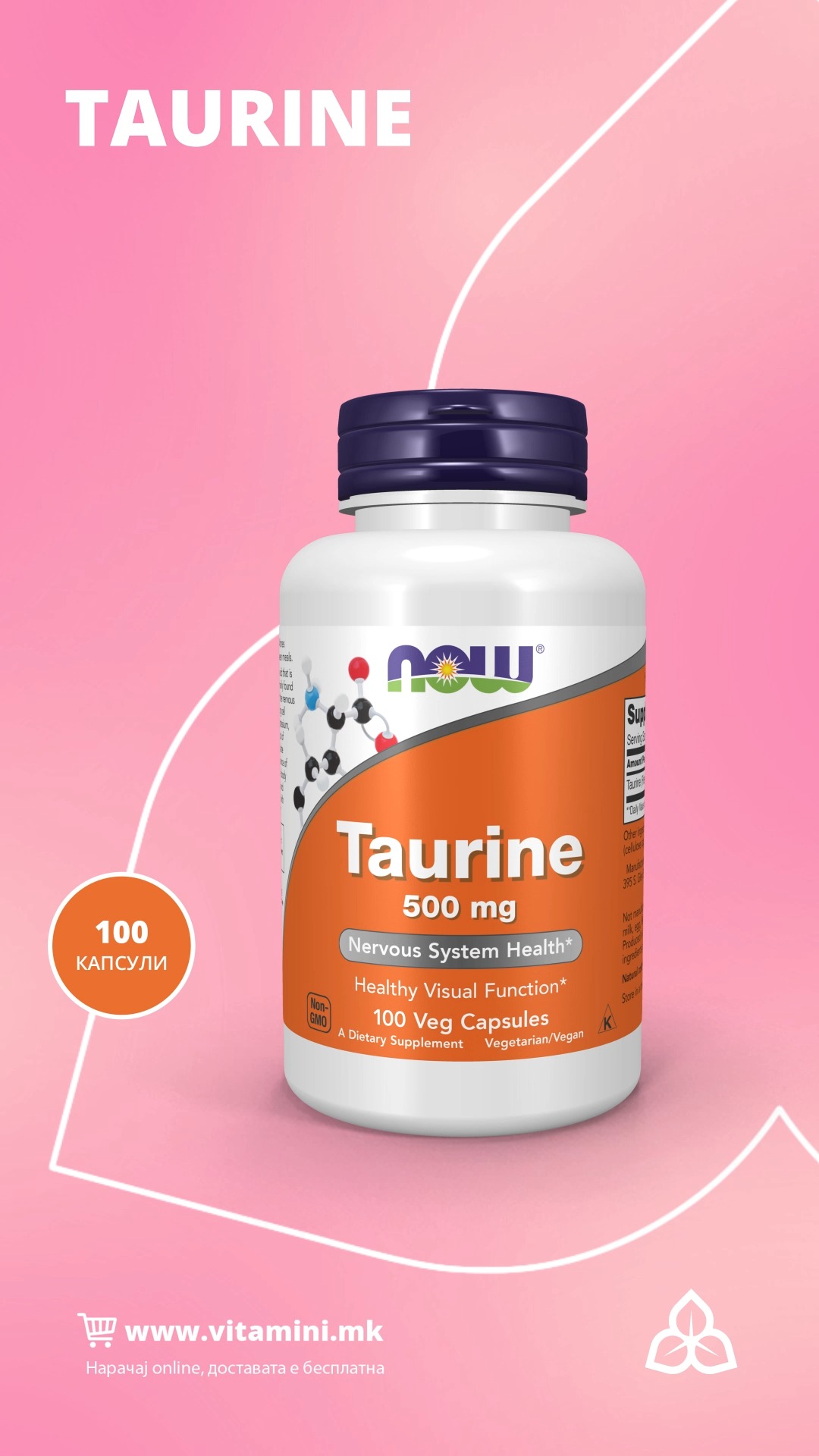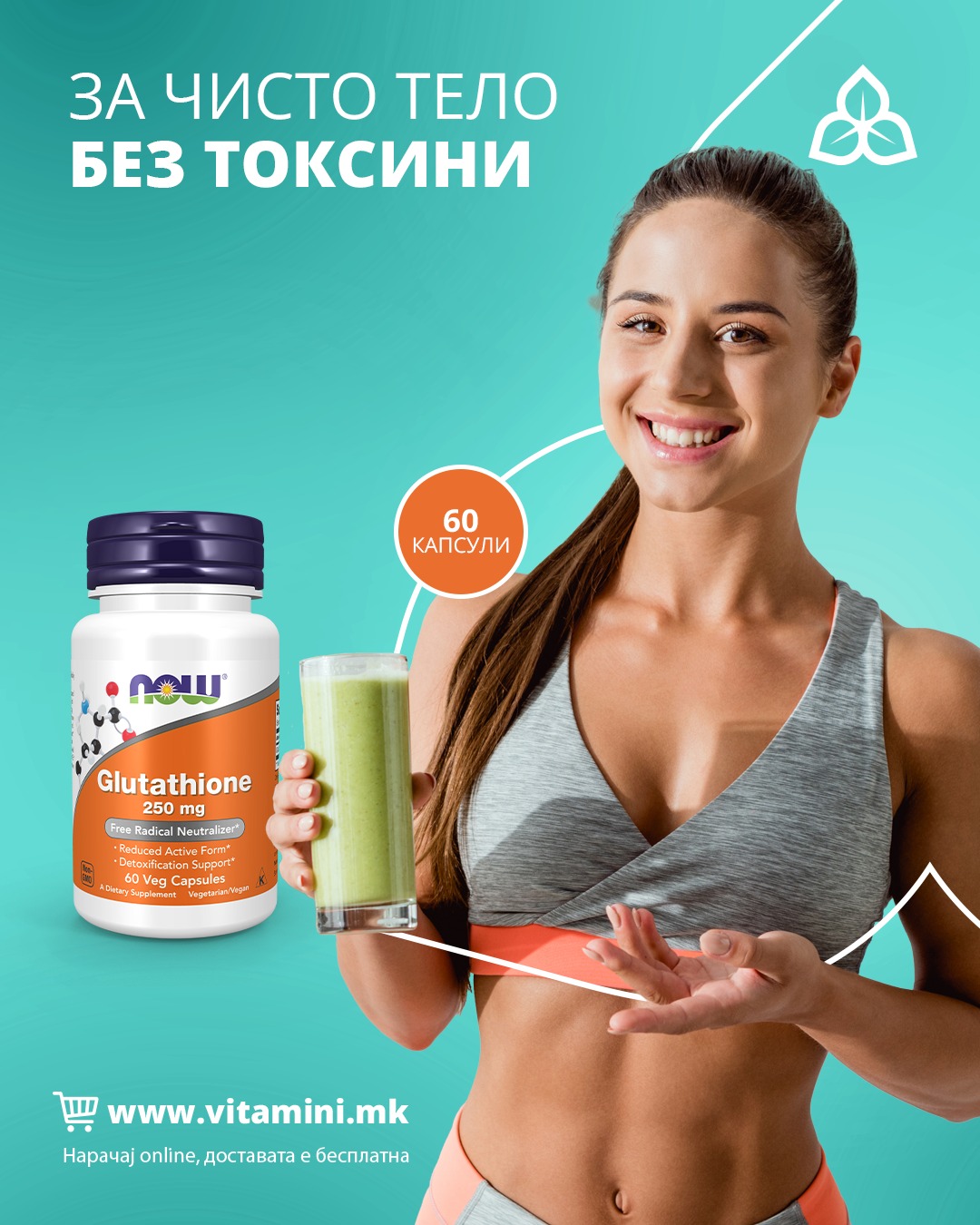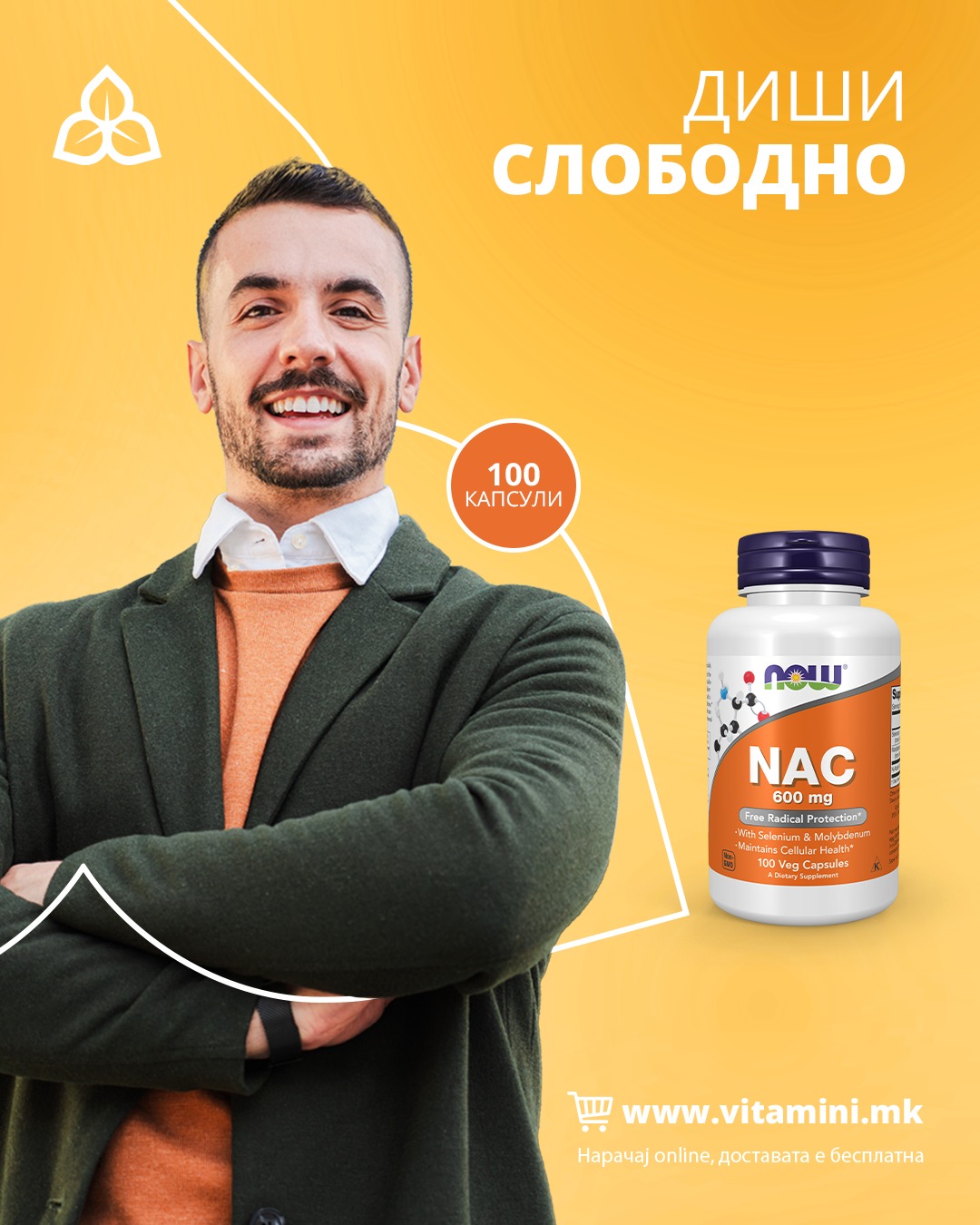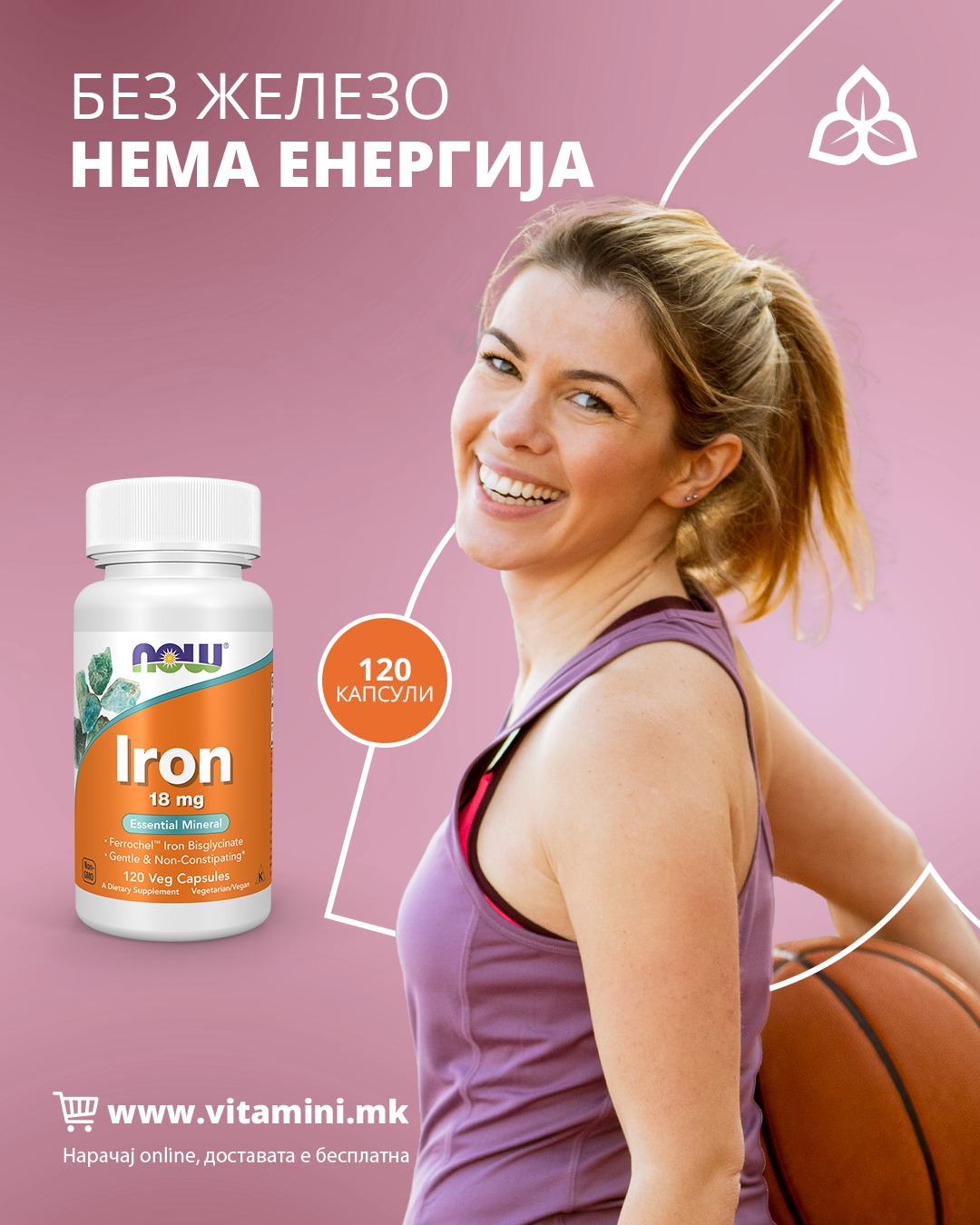For orders over 1.000 MKD
Products from renowned brands with top quality
02 324 6000 | info@trimeks.com.mk
Hawaiian Spirulina
500 mg / 100 tablets
1.070 ден
| Brand | |
|---|---|
| Индикации | Body weight, Cardiovascular health, Children's health, Respiratory health, Sports and fitness, Црн дроб и детоксикација |
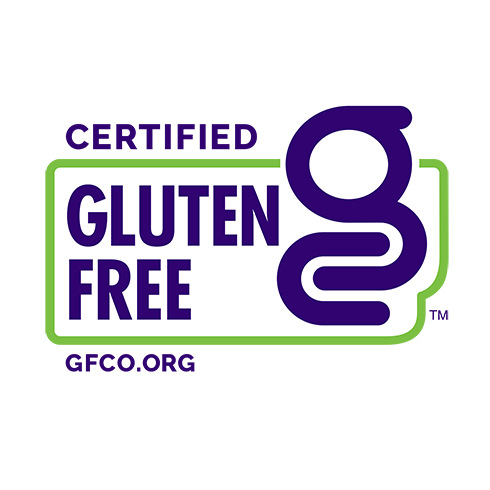
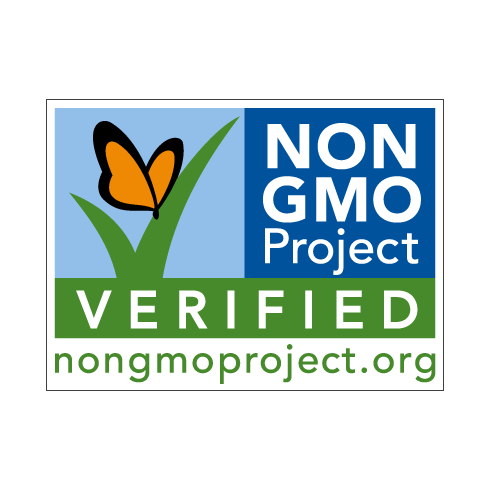
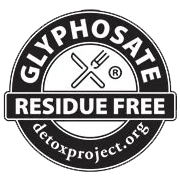


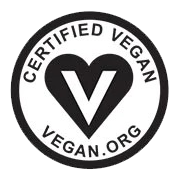
Hawaiian Spirulina is one of the world’s most nutritious superfoods and you can get its incredible benefits. If you have never taken spirulina before, this is a great introduction to an incredible health product. As one of the most nutritionally complete superfoods in existence, you’re providing your body with nutrition you aren’t likely getting in your regular diet.
Nutritional Highlights of Hawaiian Spirulina
• Rich source of Vitamins A, K1, K2, B12, iron
• Source of other nutrients such as carotenoids, GLA, SOD, and phycocyanin
• More beta carotene than carrots
• More protein than tofu
• Source of antioxidants
• Hawaiian Spirulina contains more nutrition per gram than any other spirulina on the market
• It is free of pesticides, herbicides, GMOs, lactose, soy, and solvents
• It is 100% vegetarian, 100% vegan and is all natural
Available in packaging from 100, 200 and 400 tablets from 500 mg and 142 g powder.
What is Spirulina?
What exactly is Spirulina?
Spirulina is one of the oldest life forms on Earth. In fact, this blue-green microalgae is partly responsible for producing the oxygen in the planet’s atmosphere that billions of years ago allowed the planet’s originating life forms to develop. Spirulina is the world’s first superfood, and one of the most nutrient-rich foods on Earth.
Spirulina has between 55 and 70% protein (more than beef, chicken, and soybeans), 8 essential and 10 non-essential amino acids, as well as high levels of gamma-linolenic acid (GLA), beta-carotene, linoleic acid, arachidonic acid, vitamin B12, iron, calcium, phosphorus, nucleic acids RNA & DNA, chlorophyll, and phycocyanin, a pigment-protein complex that is found only in blue-green algae.
Spirulina Sources
Spirulina is a spiral-shaped microalgae that grows naturally in the wild in warm, fresh water lakes. Its deep blue-green color is what gives the water its greenish hue. Spirulina is also cultivated and harvested in man-made reservoirs like those used by Nutrex Hawaii, on the Kona coast of Hawaii.
This particular type of spirulina is the only one of its kind to be cultured in a BioSecure Zone that is free of pesticides, herbicides, and GMOs. Available in both powder and tablet forms, Nutrex Hawaii’s 100% vegan Hawaiian Spirulina® is a unique, superior strain of Spirulina, with the highest known nutritional content in the world.
Spirulina Side Effects
Spirulina is a safe and effective superfood that is highly digestible, with no side effects. It does, however, contain iodine, so those allergic or sensitive to iodine should avoid taking it.
Is Spirulina safe?
Is Spirulina Safe?
Spirulina is an all-natural blue-green microalgae that gets its name from the spiraling shape it takes as it grows. It also happens to be one of the most nutrient-dense foods in the world, and one of the most complete sources of protein on the planet. Because of its incredible health-maximizing benefits, it is a popular supplement for those looking to achieve optimum health. But, many who have never tried this remarkable nutrient source may wonder whether or not there are any spirulina side effects to worry about. Is spirulina safe for consumption? Is there anybody who should not be taking this supplement?
The Side Effects of Spirulina
Hawaiian Spirulina is an all-natural and highly absorbable source of protein, carotenoids, phytonutrients, B-Vitamins, GLA, and essential amino acids. Because it is derived from a naturally occurring algae that is cultivated in a completely BioSecure Zone free of pesticides, herbicides, and GMOs, it does not produce any potentially dangerous side effects.
It is important to note that Hawaiian Spirulina® from Nutrex Hawaii is an extremely pure form of spirulina, and that not all manufacturers of spirulina supplements follow our stringent protocols. Poor quality spirulina often has ingredients and chemical fillers included that may reduce the quality of the product, and exacerbate certain side effects.
Is Spirulina Safe for Everyone?
While high quality spirulina is free of adverse side effects, it does contain iodine, so people who are allergic or sensitive to iodine should avoid taking the supplement. For this same reason, people with hyperparathyroidism should also avoid the supplement.
Those who are highly allergic or extremely sensitive to seafood or seaweed may also want to avoid taking spirulina, and people who are currently running a high fever should wait for the fever to subside before taking spirulina.
Is Spirulina Safe for Kids?
In a word, yes! Spirulina, like many other plant-based super foods, is absolutely safe for kids to eat. As food, spirulina represents a complete vegetarian protein source. When it is sourced safely and administered correctly, it can be a fantastic supplement for adults and children.
The keys to safely giving your kids spirulina is to know that you are getting it from a safe, reputable source, and to know how much to give them.
Safe Sourcing of Spirulina
Any of the negative attention spirulina has received in regards to its safety has to do with the unethical practices of a few harvesters and producers. Spirulina, like many of the other forms of blue-green algae, can be contaminated with certain substances, such as carotenoids from the water in which it is grown.
This is why it is especially important that you only purchase your spirulina, for yourself and for your children, from a reputable, trusted source, like Nutrex Hawaii. We only use the purest water and the safest, most ethical harvesting methods.
Getting the Correct Amount of Spirulina in Your Child’s Diet
Children are smaller than adults – that much is obvious. Because of this, the correct amount of Spirulina to give your children will differ depending on their age and weight. The typical correct amount will be less than an adult serving. Consider consulting your primary caregiver prior to giving your children any supplement, including spirulina. That said, spirulina is a food and as such it is safe for children.
Spirulina’s Wealth of Health Benefits
Spirulina’s health benefits as a source of plant-based complete protein may get most of the attention from nutritionists, bloggers, and journalists, but did you know that spirulina also brings a host of non-protein health benefits with it?
Spirulina is an excellent source of complex B vitamins, beta carotene, and a wide variety of essential minerals, as well. In studies, it has been shown to have beneficial effects on the immune system and the disease resistance of cells.
Other Considerations That Make Spirulina an Exceptional Source of Nutrition for your Children
Not only is spirulina a great source of protein and many of the other essential building blocks of whole nutrition in a sound diet, but it also comes without the ecological compromises of many other protein sources. When spirulina is harvested, packaged, and distributed ethically, it has almost no negative impact on our fragile ecosystem.
Unlike animal-based sources of protein, the production of spirulina does not produce harmful green-house gases, deplete our world’s dwindling fresh water supply, or contaminate the water table. With all that in mind, spirulina is basically a guilt-free nutritional powerhouse – and one that’s good for both you and your children.
It is very important for children to begin healthy eating habits at a young age because rich nutrition is not only necessary for their bodies to grow, but it can also influence the way they eat throughout their life. Nutrex Hawaii’s unadulterated Pure Hawaiian Spirulina is an excellent source of rich nutrition that is safe for children and can easily be included into their diet.
Benefits of Spirulina
Benefits of Spirulina
Spirulina often gets misclassified as an herb because of its amazing health promoting properties, but it’s actually a bacteria, or a blue-green algae that’s found in pristine freshwater lakes, ponds, and rivers. It is most commonly recognized as one of the world’s most nutritionally complete superfoods, as it offers health benefits to practically every organ and bodily function.
Improving Your Immune System
The immune system is absolutely vital when it comes to the body’s ability to properly fight off illness and disease. It also helps us heal in cases when physical injury such as cuts occur. Knowing the signs of a weak immune system is important so that lifestyle adjustments can be made when necessary. Even with a healthy diet including immune boosting foods, supplements such as spirulina with its immune boosting nutrients, and plenty of exercise as well, it is still important to be aware of the signs because even when careful, it is possible immunity may be compromised.
Health Benefits of Spirulina
- Spirulina is very high in bio-available iron, making it beneficial to those with anemia, with reduced risk of constipation
• Spirulina is a good source of vitamins B-1(thiamine), B-2 (riboflavin), B-3(nicotinamide), B-6 (pyridoxine), B-9 (folic acid), B-12 (cobalamin), vitamin E, and vitamin K1 and K2
• It is also a source of potassium, chromium, copper, magnesium, manganese, phosphorus, selenium, and zinc
• It has four times the antioxidant ability of blueberries
• Spirulina is an goodsource of protein: gram per gram more so than beef, poultry, fish, and soybeans
How does Spirulina work?
How does Spirulina work?
Proteins are the fundamental building blocks of life, and as such, they can offer key insight into how spirulina works to help improve overall health and wellness. Spirulina, a blue-green microalgae that’s mostly found in freshwater lakes, ponds, and rivers, also happens to be one of the richest sources of protein in the world. In fact, spirulina offers more protein gram per gram than beef, chicken, fish, and even soybeans.
Spirulina and Protein
Proteins are made up of complex chains of amino acids, which are critical for forming and repairing muscle and bone. But, amino acids also serve several other essential functions within the body.
Of the 22 amino acids found in proteins, eight of them are essential to healthy body functions, yet the human body cannot produce them. Therefore, these eight amino acids can only be obtained through one’s diet. The remaining amino acids are considered non-essential, because the body is already naturally producing them. However, in order for the body to be able process the non-essential amino acids, the essential amino acids, plus a sufficient amount of nitrogen, are required for the synthesizing to occur.
Unlike several other types of proteins, spirulina is considered a “complete protein,” as it is a quality source of all eight essential amino acids. Plus, the protein in spirulina is between 85 and 95% digestible, making it one of the most powerful and potent forms of protein available. And since the cellular walls found in spirulina contain no cellulose, its amino acids are absorbed by the body nearly instantly.
Spirulina is rich in Chlorophyll
Spirulina is rich in chlorophyll. In fact, this microalgae contains more than ten times the amount of chlorophyll per volume than what’s found in traditional garden-variety vegetables.
The blue coloring in spirulina is actually formed by phycocyanin and allophycocyanin, as well as other anthocyanins.
Spirulina – The World’s Most Powerful Superfood
Hawaiian Spirulina® is the only Spirulina grown with deep sea water providing essential trace minerals and elements. Our patented Ocean Chill Drying™ technology ensures maximum nutrient levels.
Grown in a Biosecure Zone, our Spirulina is free of pesticides, herbicides, gluten and lactose. Non-GMO Project Verified. Ideal for vegans.
At Nutrex Hawaii, we believe that the whole food complex of Hawaiian Spirulina is the way nature intended it—a synergistic blend of many nutrients that together, are more health-giving than any single nutrient individually.
Supplement facts

Our spirulina is 100% vegetarian, 100% vegan, and is free of GMOs, gluten, lactose, soy, pesticides, herbicides, and solvents.
How to Take Spirulina
Suggested Use: 6 tablets daily with or between meals (500 mg each tablet = 3 grams per day). Refrigerate after opening to ensure freshness.
Available in packaging of 100, 200 and 400 tablets and 142 gr powder.
Hawaiian Spirulina® is among the highest quality types of spirulina available, and it is produced in a natural environment, free of GMOs, pesticides, and other contaminants.

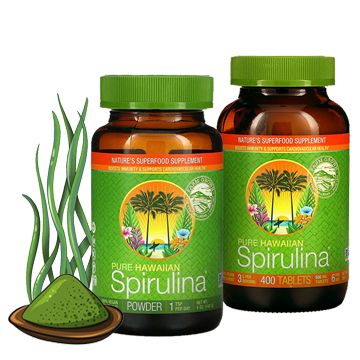
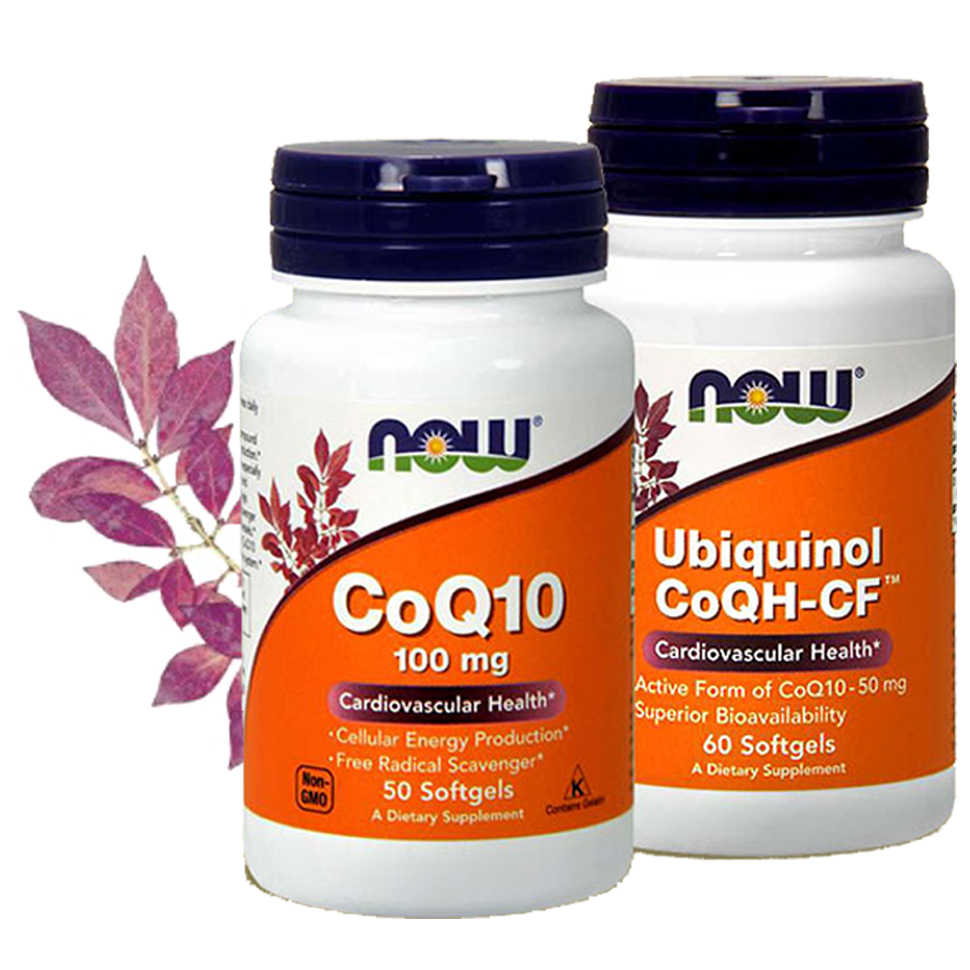
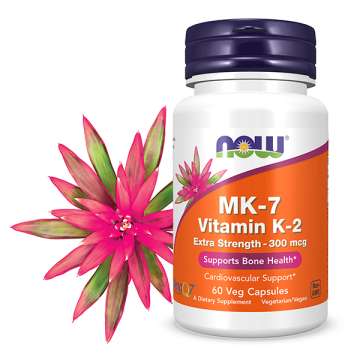
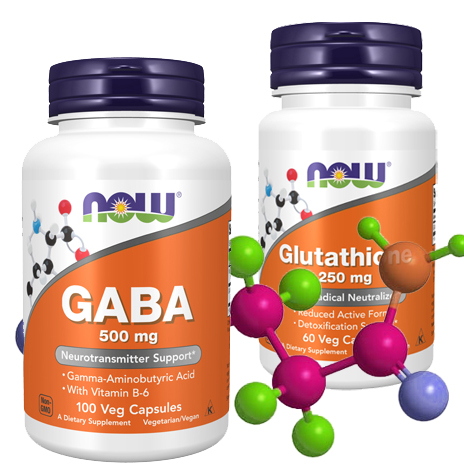
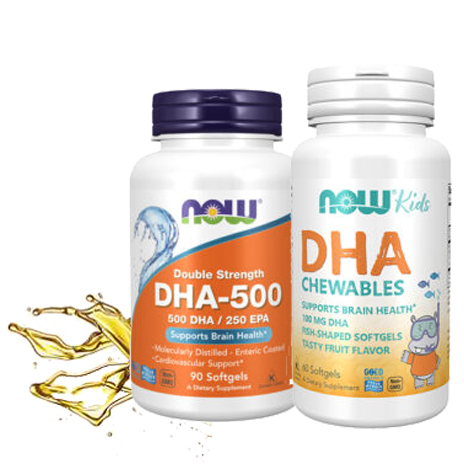
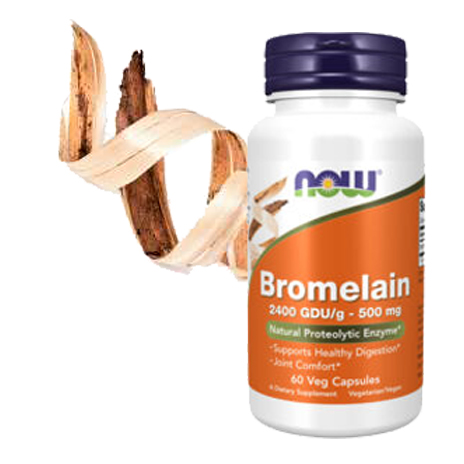
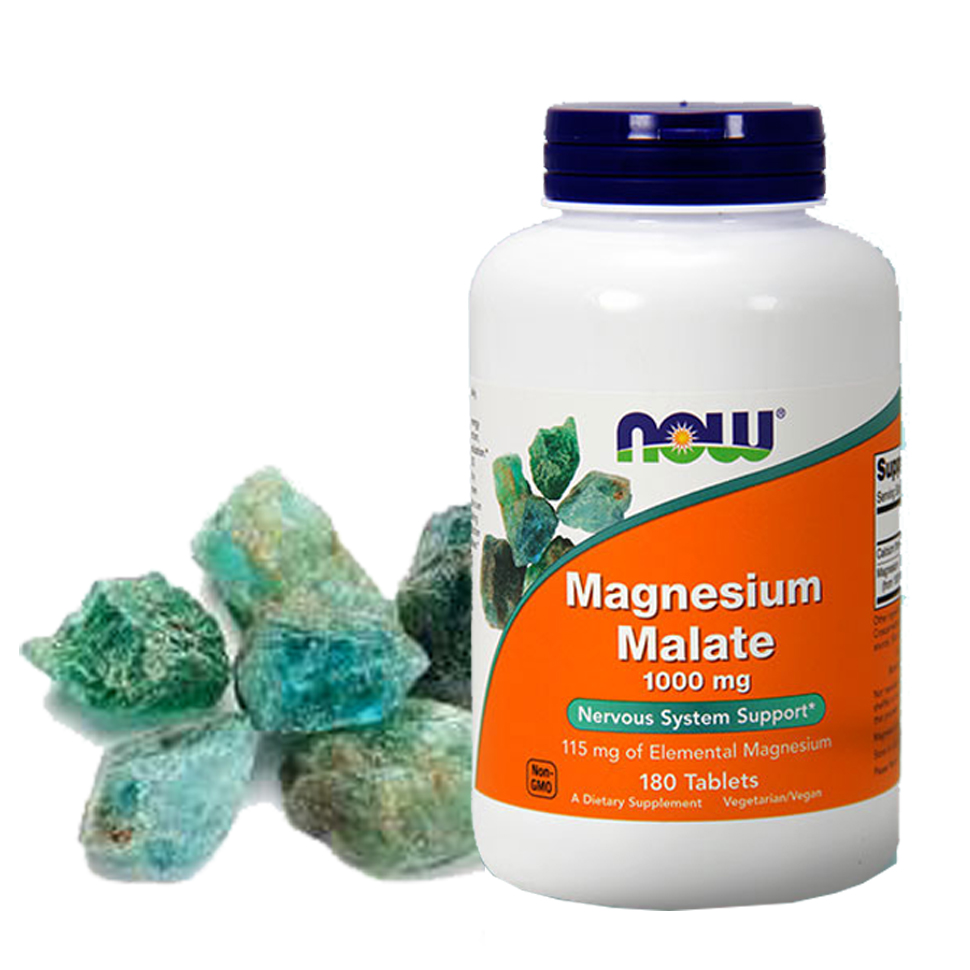

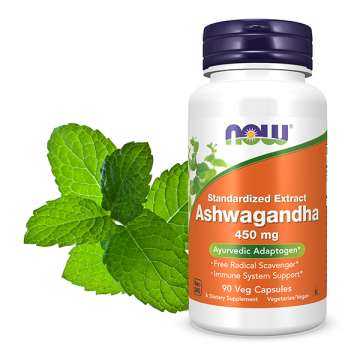



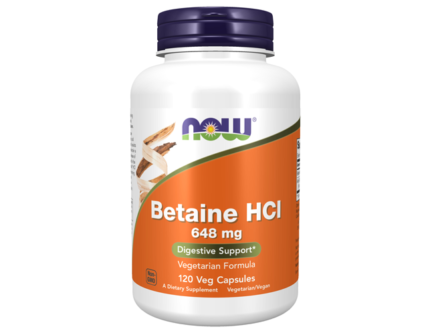
![Spirulina [WEB] +Logos 100 tableti spirulina web logos 100 tableti 1](https://vitamini.mk/wp-content/uploads/2018/05/spirulina-web-logos-100-tableti-1.jpg)
